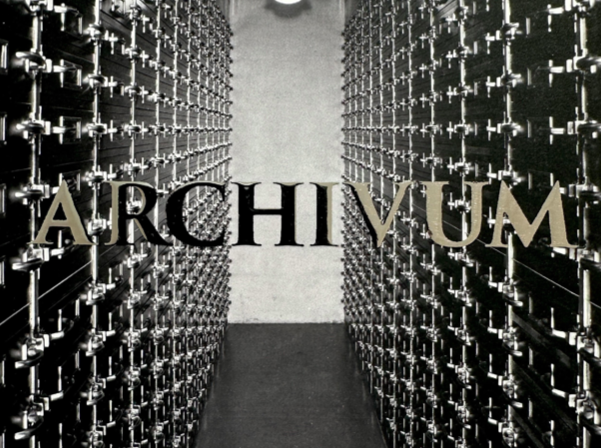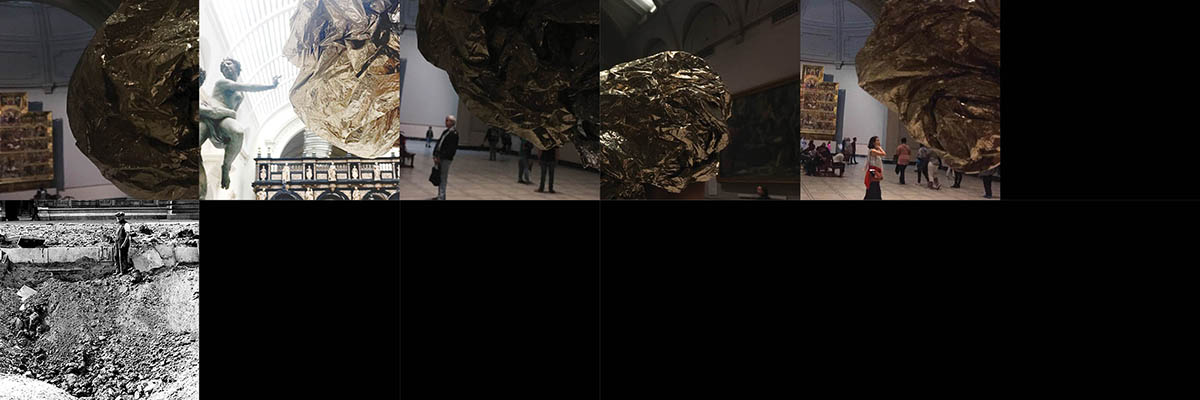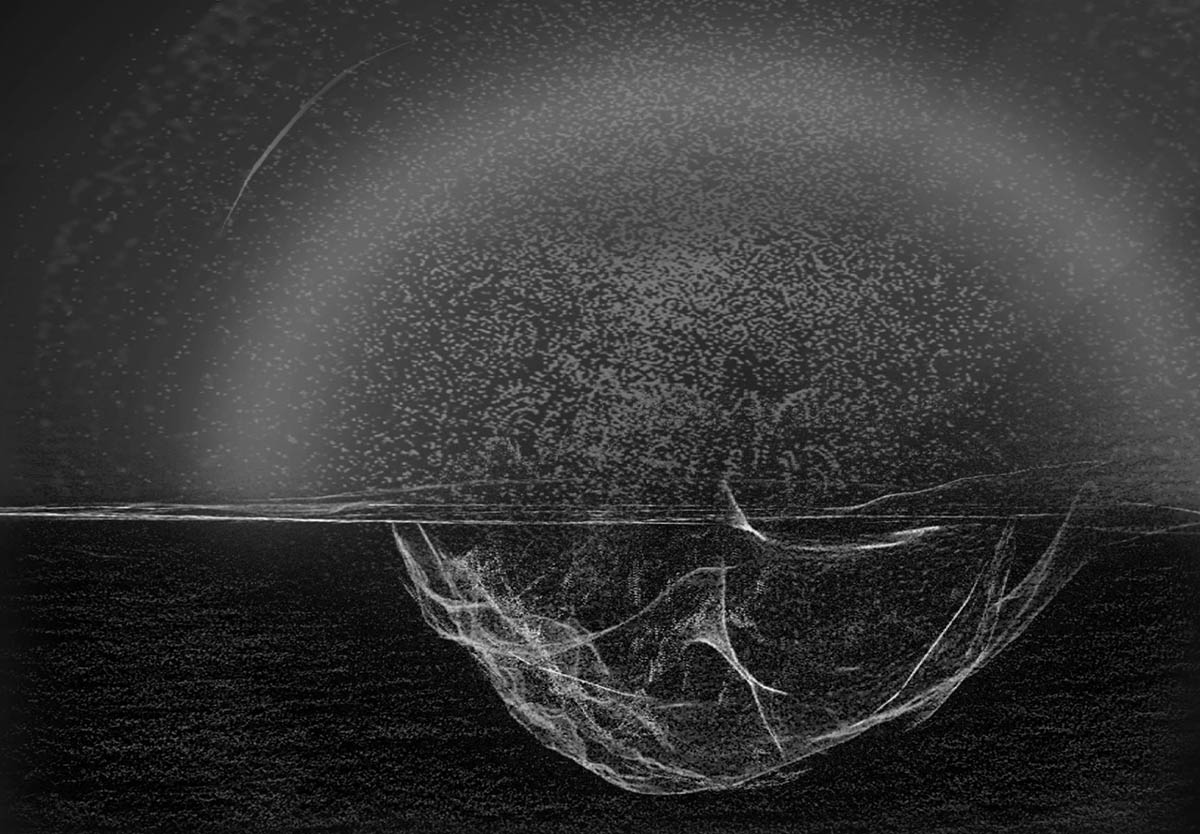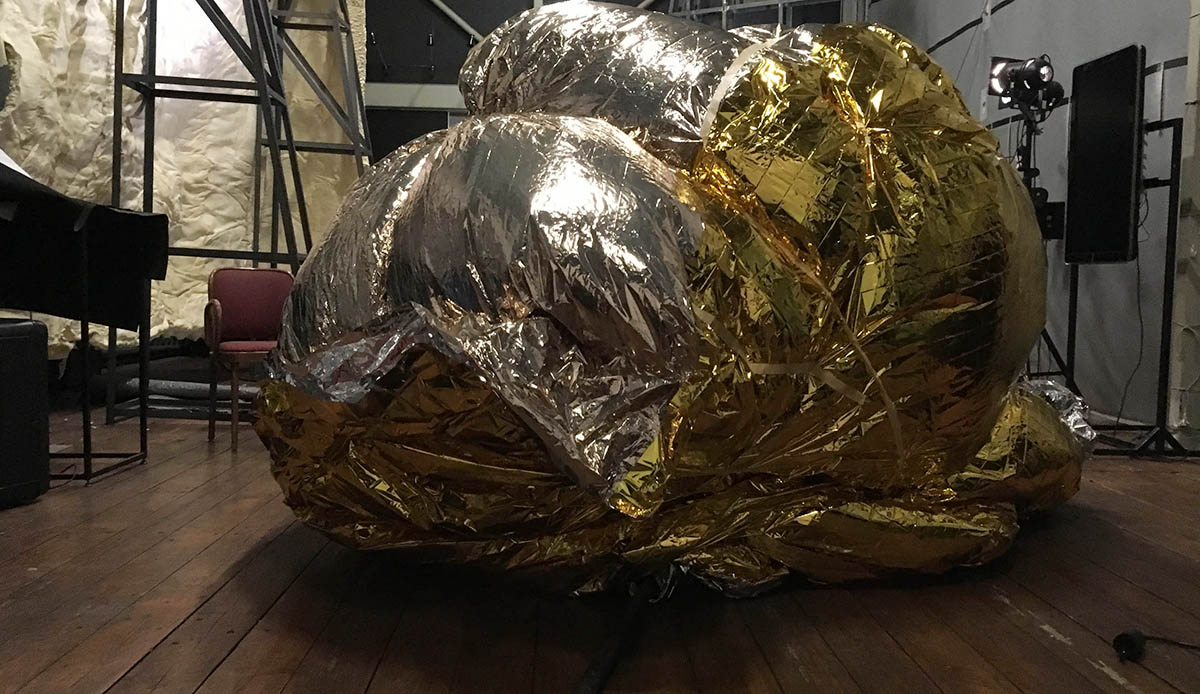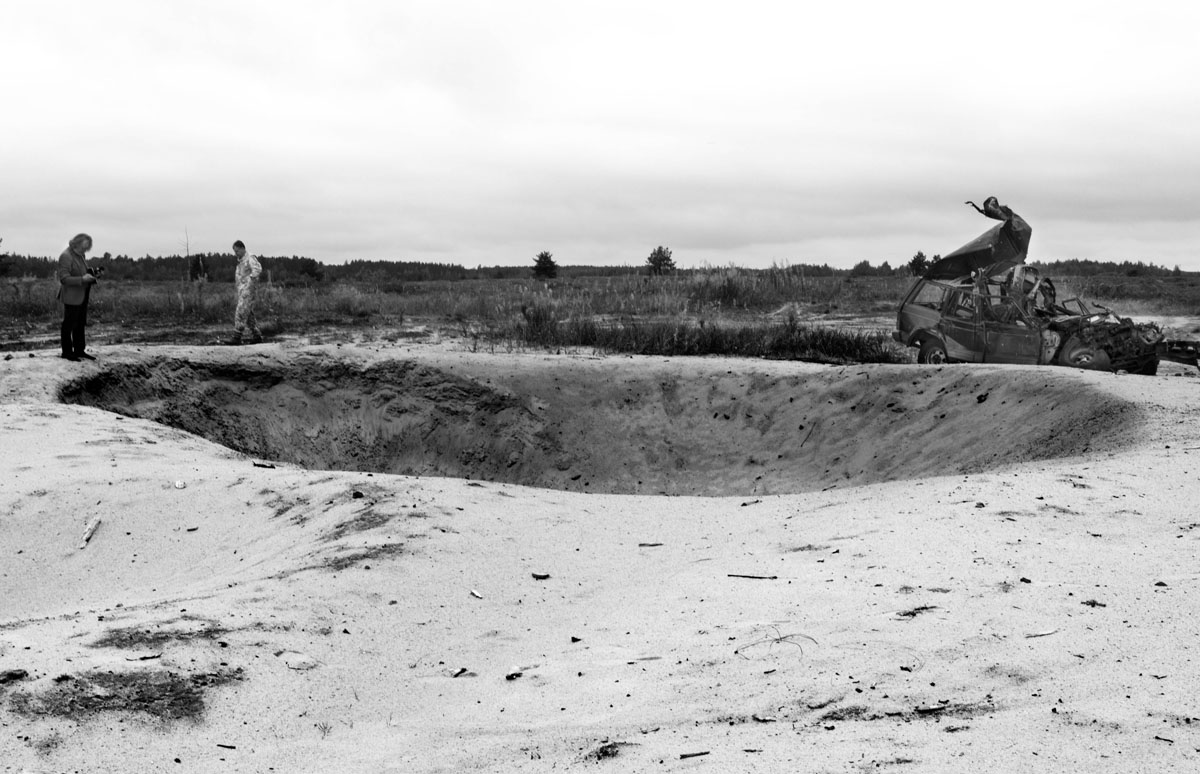
Zilgalvis “Archivium”
Exhibition on view till July 28th at Lipani Gallery, New York, USA
TODAY AND TOMORROW
Artists of the art center NOASS take part in the international exhibition “ARCHIVIUM” in Lipani gallery in New York, USA with the art project “Today and Tomorrow”.
The exhibition “ARCHIVIUM” was created by the international curatorial network BALCONY in cooperation with Fordham University’s Lipani Gallery.
Patricipants: Stephan Apicella-Hitchcock, Raya Bruckenthal, Manuela de Leonardis, Richard Demarco, Drorit Gur Arie, Felice Hapelzeden, Michael Lazar, Paul Malone, Tomasz Matuszak, Anibal Pella-Woo, Fabrizio Perozzi, Doron Polak, Nicola Rae, Maayan Tsadka, Jan Van Woensel, Jaroslav Vančát, Joyce Yahounda, Dzintars Zilgalvis, Kriss Zilgalvis
Fordham University is proud to present a new exhibition in the Lincoln Center Campus Lipani Gallery, ARCHIVIUM, which brings together twelve curators from nine countries to select over thirteen artists. Through various forms, including book, installation, photography, sound, and video, this exhibition’s contributors explore what might constitute an archive. With that question as the starting premise, the works on display provide a range of interpretations of places, events, and institutions and raise numerous questions about research, commerce, history, translation, and memory.
The French philosopher Jacques Derrida stated that the question of archives is not a question of the past. It is a question of the future, a question of response, of promise, and a responsibility for tomorrow. The archive has become raw material and inspiration for many artists over the previous decades. Artists develop different levels of relationship with personal, familial, and public archival material. They move in a flexible space of history and cut across the depths of time. They decompose archival materials, disrupt and reference them, and create new narratives from concrete or imaginary archives. The archival memory they control, mark, and limit starts a conversation in which the artist decides who will enter the gates of memory and who will not have access.
Balcony: International Network of Curators was set up by Drorit Gur Arie, Doron Polak, and Michael Lazar in April 2020 as a network of independent international curators. The platform establishes connections between art curators to exchange professional information and initiate joint projects.
This exhibition, ARCHIVIUM, is sponsored by Fordham University’s Department of Visual Art and is organized in New York by Professor Apicella-Hitchcock. For more information, please contact apicellahit@fordham.edu
More about the exhibition: https://fordhamuniversitygalleries.com/section/522687-ARCHIVUM.html
More about the art project “Today and Tomorrow” by Dzintars Zilgalvis and Kriss Zilgalvis:
http://zilgalvis.com/today-and-tomorrow/
Location: Lipani Gallery, 113 West 60th St., NY, NY 10023 / June 23 – July 28.
“TODAY AND TOMORROW”
Dzintars Zilgalvis and Kriss Zilgalvis
We struggle to hear the emptiness.
We rejoice in things, whose true meaning we cannot comprehend.
We live in a time that we see but cannot feel.
Others fight in our stead for our children’s future.
We will be beholden to them for our salvation for
many generations to come.
The exposition consists of a series of images, where the artists demonstrate the relationship between the shape and scale of an explosion and the size of people and material cultural values in the form of performance documentation. The works of art with the shapes of explosion craters are made of a shiny and light material: MPET (Metalized Polyethylene Terephthalate) and filled with air. MPET is more commonly known as a material used to manufacture rescue blankets designed for use in extreme situations. Performance documentation was created and archived with the support of Victoria and Albert museum (UK) and the Embassy of Ukraine in Latvia.
“Trying to hear the silence…” (VIDEO)
Monitor with a moving image and the sound of a stopped explosion and a monitor with documentation
The performance shows flying sculptural objects made from shiny silver and gold MPET (Metallized Polyethylene Terephthalate) that depict clouds caused by bomb explosions. The objects, which have been strategically positioned within the art gallery beforehand, start to be slowly inflated, generating inconspicuous movement. In time, the space is filled up with even bigger shiny objects, which in terms of their size are 1:1 in relation to the actual bomb explosion. From compact folded material, they are transformed into expressive forms; giving definition to the aspects and planes of sculptural works, which reflect the surrounding space, objects, and even viewers, while light shimmers and is reflected. The sound that accompanies the whole performance goes from being a melody to a set of technical sounds, which broadcast the suspended culmination of an explosion. As they assume their final form, they rise above the floor, begin to visually obscure the gallery exhibits and to fill up the emptiness of the space, ending up in front of and among viewers. Having assumed their final sculptural form and taken flight, the glistening clouds have become large and dominant, in contrast to the sound, which has switched from a melody to individual ticks.

